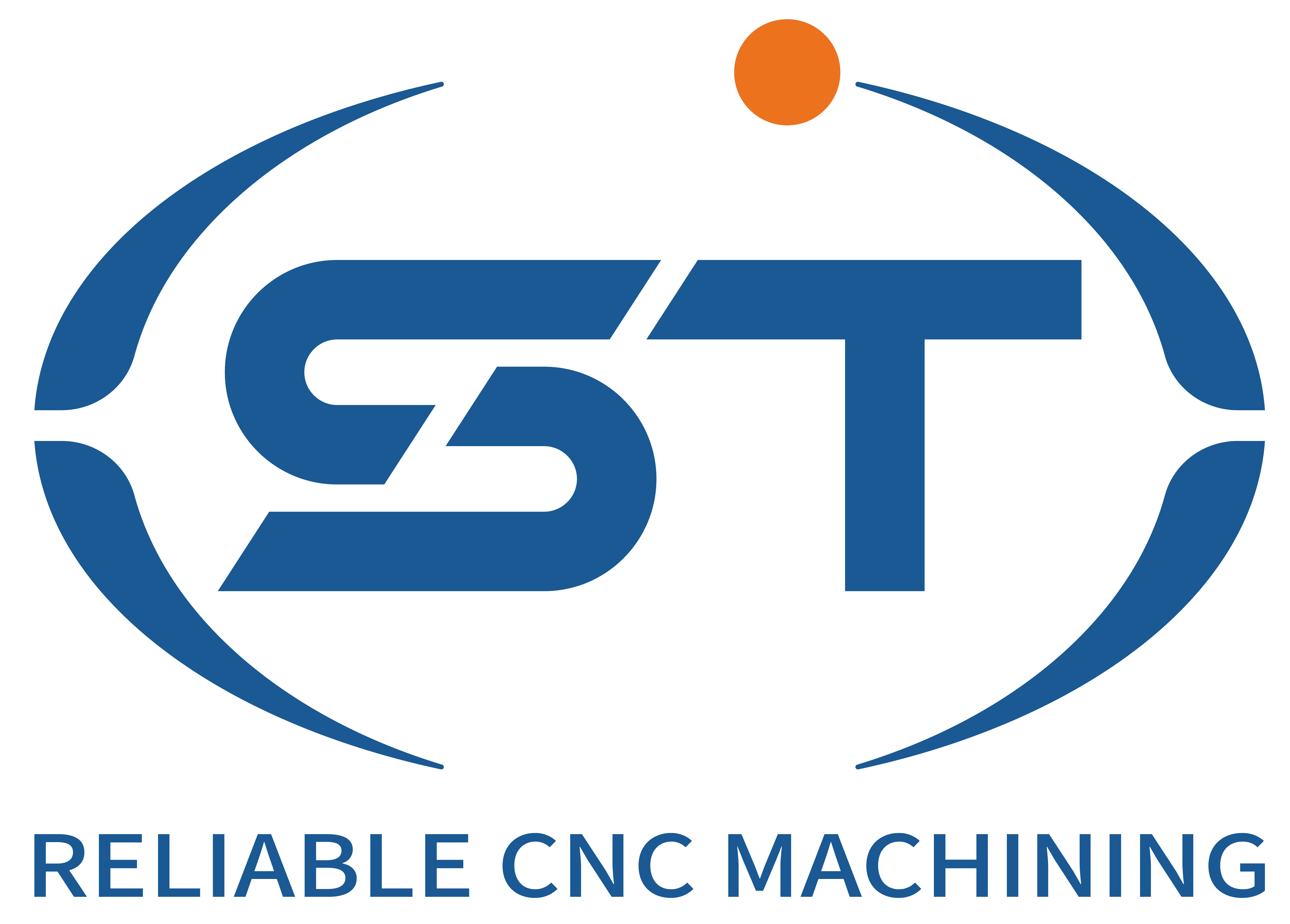Preparatory measures before processing
Equipment accuracy verification
The accuracy of CNC machine tools is one of the key factors affecting the flatness of parts. Before processing, it is necessary to verify various precision indicators of the machine tool, such as the flatness of the worktable, the rotational accuracy of the spindle, and the straightness of the guide rails, etc. Comprehensive precision inspection of machine tools can be carried out through professional detection instruments, such as laser interferometers and levels. If the accuracy of the machine tool is found to be substandard, timely maintenance and adjustment should be carried out to ensure that the machine tool is in good working condition.
Tool selection and pre-adjustment
Select the appropriate cutting tool based on the material of the part, processing requirements and the performance of the machine tool. The material, geometric shape and dimensional accuracy of the cutting tool will all have an impact on the flatness of the processed part. For instance, when processing automotive parts with high hardness, hard alloy tools with good wear resistance should be selected. For parts that require high surface quality, tools with sharp cutting edges and good chip removal performance can be selected. At the same time, before installing the cutting tool, pre-adjustment should be carried out to ensure that parameters such as the length, diameter and Angle of the tool meet the processing requirements, so as to avoid out-of-tolerance flatness caused by tool errors.
Roughcast inspection and treatment
Carefully inspect the blank to ensure that its flatness, dimensional accuracy and surface quality meet the processing requirements. If the blank has problems such as excessive flatness deviation and deformation, correction treatment should be carried out first. For example, for some plate blanks, a press can be used for leveling. For casting blanks, aging treatment can be carried out to eliminate internal stress and reduce deformation during the processing.
Control measures during the processing
Plan the processing technology reasonably
Cutting parameter optimization: The selection of cutting parameters such as cutting speed, feed rate and cutting depth has a significant impact on the flatness of the machined surface. Generally speaking, a lower cutting speed and a smaller feed rate can reduce the cutting force, lower the deformation of the workpiece, and are conducive to improving the flatness. However, if the cutting parameters are too small, it will lead to low processing efficiency. Therefore, optimization needs to be carried out according to specific circumstances. For example, in the rough machining stage, a larger cutting depth and feed rate can be adopted to quickly remove most of the allowance. During the finishing stage, the cutting depth and feed rate should be reduced, and the cutting speed should be increased to ensure the machining accuracy and surface quality.
Processing sequence arrangement: A reasonable processing sequence can reduce processing deformation and stress concentration, which is conducive to improving flatness. For some parts with complex shapes, the main planes should be machined first, and then the secondary planes. First, process the planes with high precision requirements, and then process the planes with low precision requirements. At the same time, the number of clamping operations should be minimized as much as possible to avoid positioning errors and deformations caused by multiple clamping operations.
Improvement of the clamping method
Reduce clamping stress: Excessive clamping force can cause workpiece deformation and affect flatness. Therefore, during the clamping process, the clamping force should be reasonably controlled to prevent the workpiece from deforming due to excessive clamping force. Some auxiliary support devices, such as spacers and pressure plates, can be adopted to disperse the clamping force and reduce the local deformation of the workpiece.
Select the appropriate fixture: The design and manufacturing accuracy of the fixture directly affect the positioning accuracy and processing flatness of the workpiece. The appropriate fixture should be selected based on the shape, size and processing requirements of the part. For example, for some flat parts, vacuum suction cup fixtures can be adopted, which have the advantages of convenient clamping and high positioning accuracy. For some irregular-shaped parts, special fixtures can be designed to ensure the stability of the workpieces during the processing.
Processing environment control
Temperature control: Temperature changes can cause thermal deformation of the machine tool and the workpiece, thereby affecting the flatness of the processed parts. The Lavorazione CNC workshop should be controlled within an appropriate temperature range, generally maintained at around 20℃±2℃. The temperature in the workshop can be regulated by installing air conditioners, constant temperature equipment, etc. At the same time, it is necessary to prevent the machine tool from being directly exposed to sunlight and heat sources to reduce thermal deformation caused by temperature changes.
Vibration control: Vibration is one of the important factors affecting the flatness of processing. Effective vibration reduction measures should be taken, such as installing the machine tool on a vibration reduction foundation or using vibration isolation pads, to minimize the impact of external vibrations on the machine tool. In addition, attention should be paid to the vibration sources inside the machine tool, such as motors and transmission components, to ensure its smooth operation.
Post-processing inspection and adjustment measures
Flatness detection
After the processing is completed, the flatness of the parts should be inspected in a timely manner. Common detection methods include dial indicator detection method, flat crystal detection method, and three-coordinate measuring machine detection method, etc. The dial indicator detection method is simple and feasible, and is suitable for some parts with low precision requirements. The flat crystal detection method is suitable for detecting small areas and high-precision planes. The three-coordinate measuring machine inspection method features high precision and comprehensive functions, enabling a thorough inspection of parts with complex shapes. Through inspection, the flatness of the parts can be accurately understood, providing a basis for subsequent adjustments.
Error analysis and adjustment
Based on the test results, analyze the processing errors to identify the causes of the out-of-tolerance flatness. It might be due to machine tool accuracy issues, tool wear, improper clamping methods, etc. Corresponding adjustment measures should be taken for different reasons. For example, if the flatness exceeds the tolerance due to the accuracy issue of the machine tool, the machine tool can be repaired and adjusted. If the flatness exceeds the tolerance due to tool wear, the tool should be replaced in time. If the flatness exceeds the tolerance due to improper clamping method, the clamping method can be improved. Through continuous inspection, analysis and adjustment, the flatness of the parts is gradually improved.




